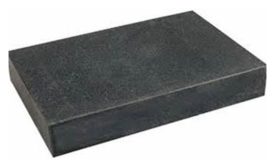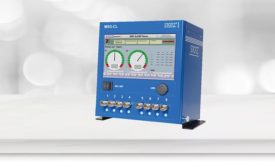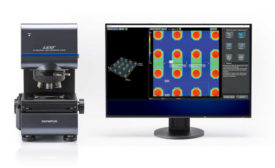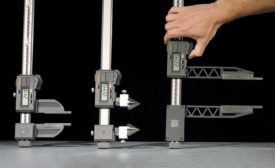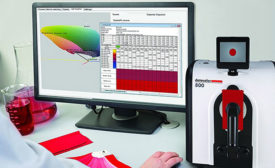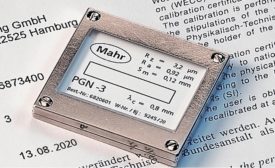Measurement
Quality Headline
Zeiss Opens Multifunctional Electron, Light Microscope Training Facility
February 8, 2021
Quality Headline
A2LA Welcomes New Board of Directors Members, Vice Chair
January 31, 2021
Sponsored Content
White Paper: Interested in Surface Roughness Measurement? Download the Olympus Roughness Measurement Guidebook
January 28, 2021
Getting Color Right (It's Trickier Than It Sounds)
What you need to know for effective color management.
January 6, 2021
How to Successfully Establish a Correlation between Contact and Optical Surface Measurements
Contact stylus and noncontact optical can show excellent correlation.
December 3, 2020
Stay in the know with Quality’s comprehensive coverage of
the manufacturing and metrology industries.
eNewsletter | Website | eMagazine
JOIN TODAY!Copyright ©2024. All Rights Reserved BNP Media.
Design, CMS, Hosting & Web Development :: ePublishing
